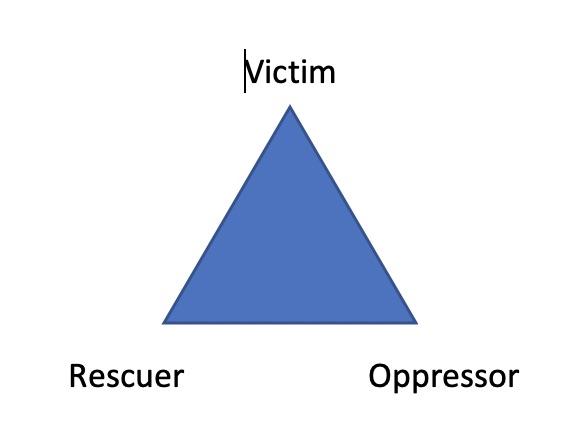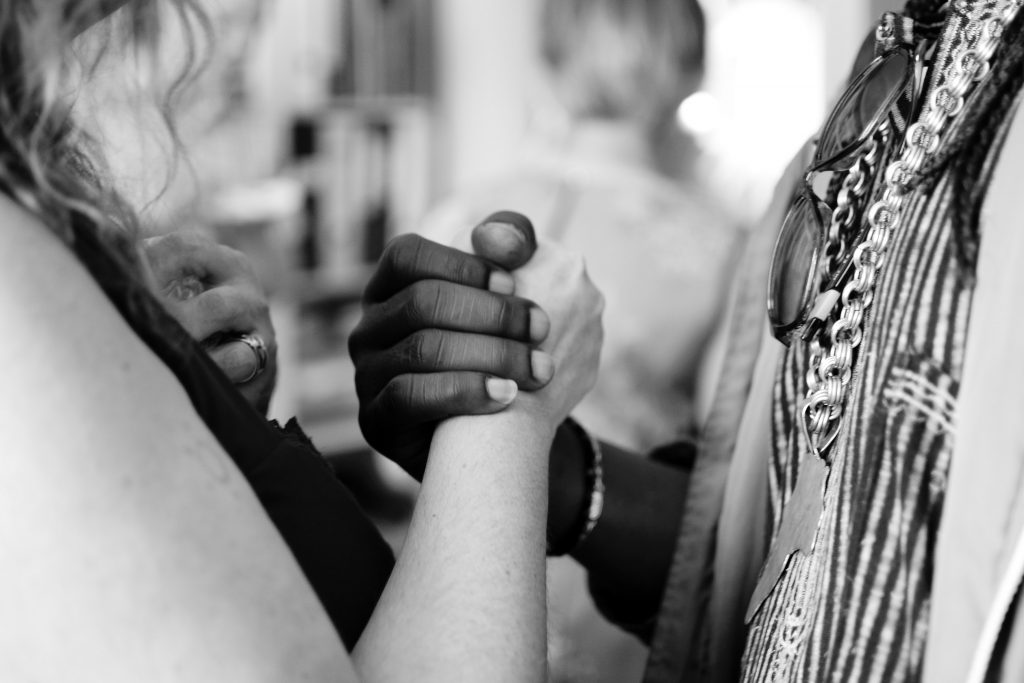Like you, I imagine, I’ve been having conversations. Asking questions. Trying to understand. I’ve been saying that we need safe spaces where these conversations can be held, so the truth can emerge through our deeply socialized defenses.
“Safe spaces for deep conversations are hard to come by.”
So the other day, I was speaking with an amazingly smart and creative friend who told me that she doesn’t believe in safe spaces. Rather she said she believes in brave spaces. This got me to thinking…
… about the difference between a safe space and a safe conversation
… about my experiences with both
… about the safe spaces I’ve been in where truly brave conversations could occur
Let me be clear, we absolutely need brave conversations now more than ever. So…
What is a brave conversation?
Does it mean that two people get to say whatever they feel and they are both obliged to sit quietly and listen? That doesn’t feel right to me.
As someone who grew up having a whole lot of other people’s dogma shoved down my throat – and saw no option but to just “take it” – this feels like the same perpetration we are trying to rectify in our current system. My way or the highway.
Each and every conversation is unique, so I think we have to examine our intentions each time.
What is your end goal in this conversation?
-
To express my feelings and be heard?
-
To listen to difficult truths without reacting?
-
To vent and be vented upon?
-
To listen to someone else’s experience in order to know them?
-
To speak, listen and share different points of view?
-
To engage with another person in a equanimous exchange of thoughts, feelings and experiences?
-
To use words to attack, hurt and get even?
-
To learn from someone else’s experience what it means to be human?
-
To co-create a higher understanding of what it means to be human by sharing divergent points of view?
-
To make peace?
There’s trauma in toxic conversation.
There is no question, there are 400 years of trauma in the US alone. And it’s still going on. When, in 2020, a young black man can’t go camping in Indiana without a group of white men and women cornering him in the woods, beating him and threatening to lynch him, we cannot expect anyone with dark skin to not be traumatized by just being alive.
Raw unprocessed trauma, when acted out on other people unconsciously, causes more trauma. This kind of release can feel good for a short time. But it does not resolve the deeper pain that still sits stagnant in the soul, waiting to be stirred up by the next circumstance.
Not having safe spaces where all expressions can be held with respect (or at least some empathy) for the speaker can lead to polarization, resistance, and even reverse racism. This is not a co-habitable destination.
Stop, look and listen before you react.
It’s crucial to have safe spaces where people can share their experiences without making sure they get every word right… where they can feel their feelings, where the process of speaking their words leads them to their deep inner wisdom of compassion.
Otherwise it’s far too easy to end up just shifting position on the “Drama Triangle” first articulated in 1968 by Stephen Karpman.

I learned Karpman’s Drama Triangle when I was doing my Psychology studies. And I have witnessed it even in myself… the roles I take in any relationship and how I can move from one to the other in the blink of an eye. I encourage you to check it out for yourself.
In order not to act out that trauma and perpetuate the cycle of abuse in one form or another, we need formalized containers to hold the reactions, the emotions, the sensations, the healing that’s needed.
Countries like South Africa, Germany and Rwanda have brought at least some healing to their societies through such containers. And while no one would argue they’ve had their shortcomings, they have created healing.
I believe these containers are most productive when there are mutually-agreed ground rules such as:
- Respect
- Dignity
- Boundaries
- Purpose
- Intention
- Vulnerability
Time’s up.
At the same time, we can’t afford to wait for a government program to solve the problem for us. It’s up to each one of us to develop the emotional intelligence and compassionoate social skills to bring these values into our conversations, our relationships, our communities.
I count myself as extremely fortunate to have been immersed in such an experience during one year of training in Living in Process with the brilliant “recovering psychotherapist” Anne Wilson-Schaef. It was there that I witnessed people, who would probably otherwise have been diagnosed and medicated, transform a geyser of grief and rage from years of trauma into lifetimes of creativity, possibility, and solutions. Myself included.
Learning the art of healing conversation.
There are so many places now where you can cultivate this kind of bravery that is so needed for us to co-create what comes next.
Here are just few places I know where you can do so:
- The Center for Non-Violent Communication.
- The Council Training at the Ojai Foundation.
- Living in Process.
We could all learn from your experiences of learning to be (this kind of) brave.. and what that looks like for you. This is a time for sharing what’s possible… and inspiring others to put it into practice.
So be brave. Share your story.

